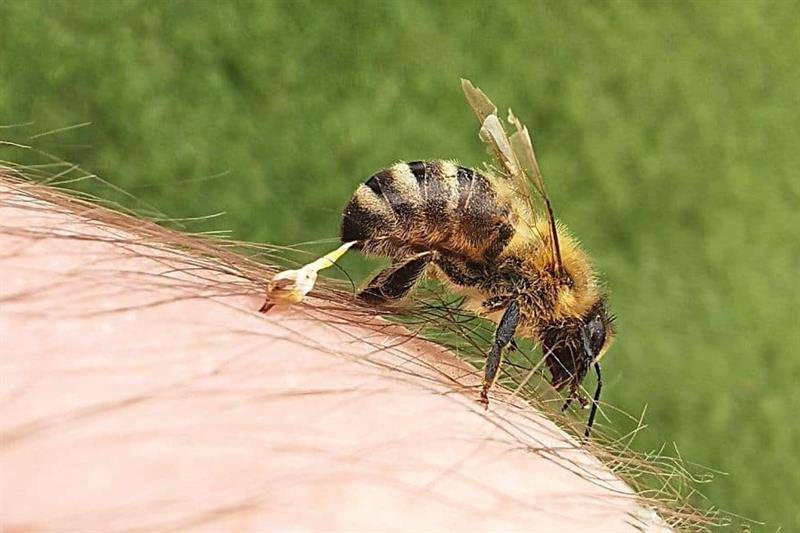Bee venom therapy, also known as apitherapy, is an alternative treatment that uses the venom of bees to help alleviate a variety of conditions. The practice of using bee venom as a form of therapy can be traced back to ancient civilizations, where it was believed to have medicinal properties that could help to heal a wide range of ailments.
Today, bee venom therapy is used to treat conditions such as arthritis, multiple sclerosis, and even certain skin conditions such as eczema and psoriasis.

The venom of bees is a complex mixture of enzymes, peptides, and other compounds that have been shown to have anti-inflammatory, pain-relieving, and even antibacterial properties. When bee venom is administered, it triggers a natural immune response in the body, which can help to reduce inflammation and improve overall health.
One of the most popular forms of bee venom therapy is through the use of live bee venom injections or the use of bee venom cream or ointment topically. In addition, bee venom can also be taken in pill form or inhaled through a nebulizer. It is important to note that bee venom therapy should only be administered by a qualified practitioner, as there are risks associated with this therapy.
In this article, we will take an in-depth look at the healing power of bee venom, exploring the science behind it, and the potential benefits and risks of this alternative therapy. We will also discuss the different ways in which bee venom can be used and how to find a qualified practitioner.
If you are considering bee venom therapy as a form of treatment, this article will provide you with the information you need to make an informed decision.
The Science Behind Bee Venom Therapy
Bee venom is a complex mixture of enzymes, peptides, and other compounds that have been shown to have anti-inflammatory, pain-relieving, and even antibacterial properties. When bee venom is administered, it triggers a natural immune response in the body, which can help to reduce inflammation and improve overall health.
One of the key components of bee venom is a compound called melittin, which has been shown to have anti-inflammatory and pain-relieving properties. Another important component is phospholipase A2, which has been found to have the ability to reduce inflammation and improve joint mobility.
Bee venom therapy is believed to work by activating the body’s immune system, which leads to the release of natural anti-inflammatory and pain-relieving compounds. This immune response can help to reduce inflammation and improve overall health, which can lead to a reduction in pain and an improvement in mobility.
Potential Benefits of Bee Venom Therapy
There are a variety of conditions that bee venom therapy is believed to help alleviate. Some of the most commonly treated conditions include:
- Arthritis: Bee venom therapy has been found to be effective in reducing pain and inflammation associated with arthritis. It can also help to improve joint mobility, making it easier for people with arthritis to move around.
- Multiple Sclerosis: Bee venom therapy is believed to help reduce the symptoms of multiple sclerosis, such as muscle weakness and spasms.
- Skin Conditions: Bee venom therapy has been found to be effective in treating conditions such as eczema and psoriasis. The anti-inflammatory properties of bee venom can help to reduce redness and itching, while the antibacterial properties can help to prevent infection.
- Pain Management: Bee venom therapy has been found to be effective in managing pain, including chronic pain conditions such as fibromyalgia.
Risks and Precautions
It is important to note that bee venom therapy should only be administered by a qualified practitioner, as there are risks associated with this therapy. Some of the most common side effects include pain and redness at the site of injection, as well as an allergic reaction to the venom.
People who are allergic to bee venom should not undergo bee venom therapy, as it can lead to a severe allergic reaction called anaphylaxis. It is also important to note that bee venom therapy should not be used by pregnant women, as there is not enough information on the safety of this therapy during pregnancy.
Finding a Qualified Practitioner
If you are considering bee venom therapy as a form of treatment, it is important to find a qualified practitioner who has experience administering this therapy. Bee venom therapy is not widely available, so it may take some time to find a practitioner in your area.
You can start by asking your healthcare provider for recommendations or by checking with organizations such as the American Apitherapy Society or the International Association of Professional Apitherapists. It is also important to do your own research and make sure that the practitioner you choose is properly trained and experienced in administering bee venom therapy.
In conclusion, bee venom therapy is an alternative treatment that uses the venom of bees to help alleviate a variety of conditions. From reducing pain and inflammation to improving skin conditions, bee venom has been used for centuries as a natural remedy.
It’s important to note that bee venom therapy should only be administered by a qualified practitioner, as there are risks associated with this therapy. If you are considering bee venom therapy, it’s important to find a qualified practitioner who has experience administering this therapy, conduct your own research, and make an informed decision.

